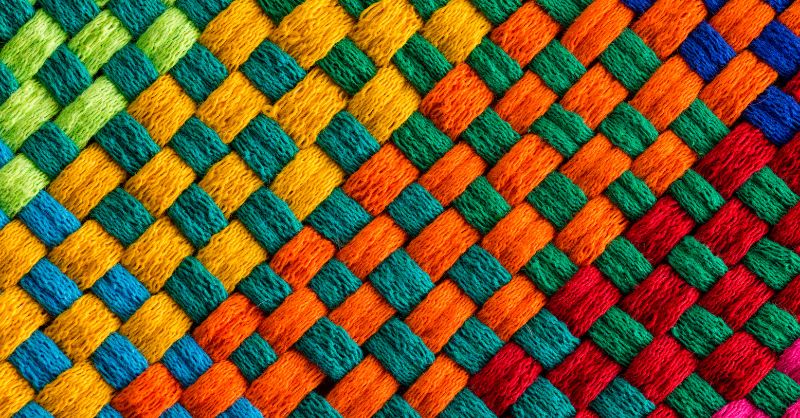Blended Interweave Fabric: The Versatile Textile Revolutionizing the Industry
10 July, 2023

Blended interweave fabric has emerged as a game-changer in the textile industry, captivating designers and manufacturers with its exceptional properties and wide-ranging applications. Combining various fibers through intricate interlacing techniques, this fabric has redefined the possibilities of textile design and production. In this article, we explore the world of blended interweave fabric in greater detail, shedding light on its features, benefits, and its impact on the market.
Blended interweave fabric represents a remarkable fusion of different textile materials. By blending fibers like cotton, polyester, and wool, manufacturers create a unique composition that harnesses the strengths of each component. Through the meticulous interlacing of these fibers during the weaving process, a piece of sturdy and resilient fabric is formed, possessing enhanced qualities that surpass those of individual materials.
Durability stands as one of the prominent advantages of blended interweave fabric. The amalgamation of diverse fibers results in a fabric that can withstand heavy usage while retaining its structural integrity over time. This exceptional resilience makes it highly suitable for a myriad of applications, including upholstery, clothing, and home textiles.
Beyond its durability, blended interweave fabric offers an extensive range of aesthetic possibilities. By blending different fibers, designers can achieve captivating patterns, textures, and color variations, enabling them to unleash their creative vision. From understated herringbone weaves to bold geometric designs, this fabric serves as a versatile canvas for captivating visual effects that can elevate the appeal of any product.
At the heart of blended interweave fabric lies the technique of fabric interlacing. This process involves the intricate intertwining of warp and weft threads during weaving, resulting in a cohesive and robust fabric structure. This interlacing technique not only enhances the fabric's strength but also contributes to its distinctive appearance, setting it apart from other textiles in the market.
Mixed weave fabric, another term often associated with blended interweave fabric, refers to fabrics created by interlacing different types of fibers, such as natural and synthetic blends. This combination of fibers imparts unique properties to the fabric, often resulting in a soft, breathable, and easy-to-care-for material that caters to diverse consumer needs.
Fabric weaving techniques play a vital role in the production of blended interweave fabric. Manufacturers employ various methods, such as plain weave, twill weave, and satin weave, to achieve different textures and characteristics in the fabric. This allows for the creation of fabrics with specific performance attributes, catering to the diverse demands of industries such as fashion, interior design, and automotive.
In the dynamic landscape of the textile industry, blended interweave fabric stands as a trendsetter. Its versatility, durability, and aesthetic appeal make it a highly sought-after choice among designers and manufacturers alike. Moreover, its impact on the market is substantial, driving innovation and pushing the boundaries of what is possible in textile design and production.
As the world increasingly prioritizes sustainability and eco-friendly practices, blended interweave fabric offers a promising solution. By blending natural and synthetic fibers, manufacturers can reduce their reliance on non-renewable resources while maintaining the fabric's performance and longevity. This aligns with the industry's growing emphasis on sustainability and responsible sourcing, paving the way for a more environmentally conscious future.
Blended interweave fabric is revolutionizing the textile industry with its versatility, durability, and aesthetic appeal. Through the combination of different fibers and intricate interlacing techniques, this fabric opens up endless possibilities for designers and manufacturers. Its impact on the market is significant, fostering innovation and meeting the evolving demands of consumers. As the industry continues to embrace sustainability, blended interweave fabric emerges as a leading choice, offering a harmonious blend of performance and eco-consciousness.
